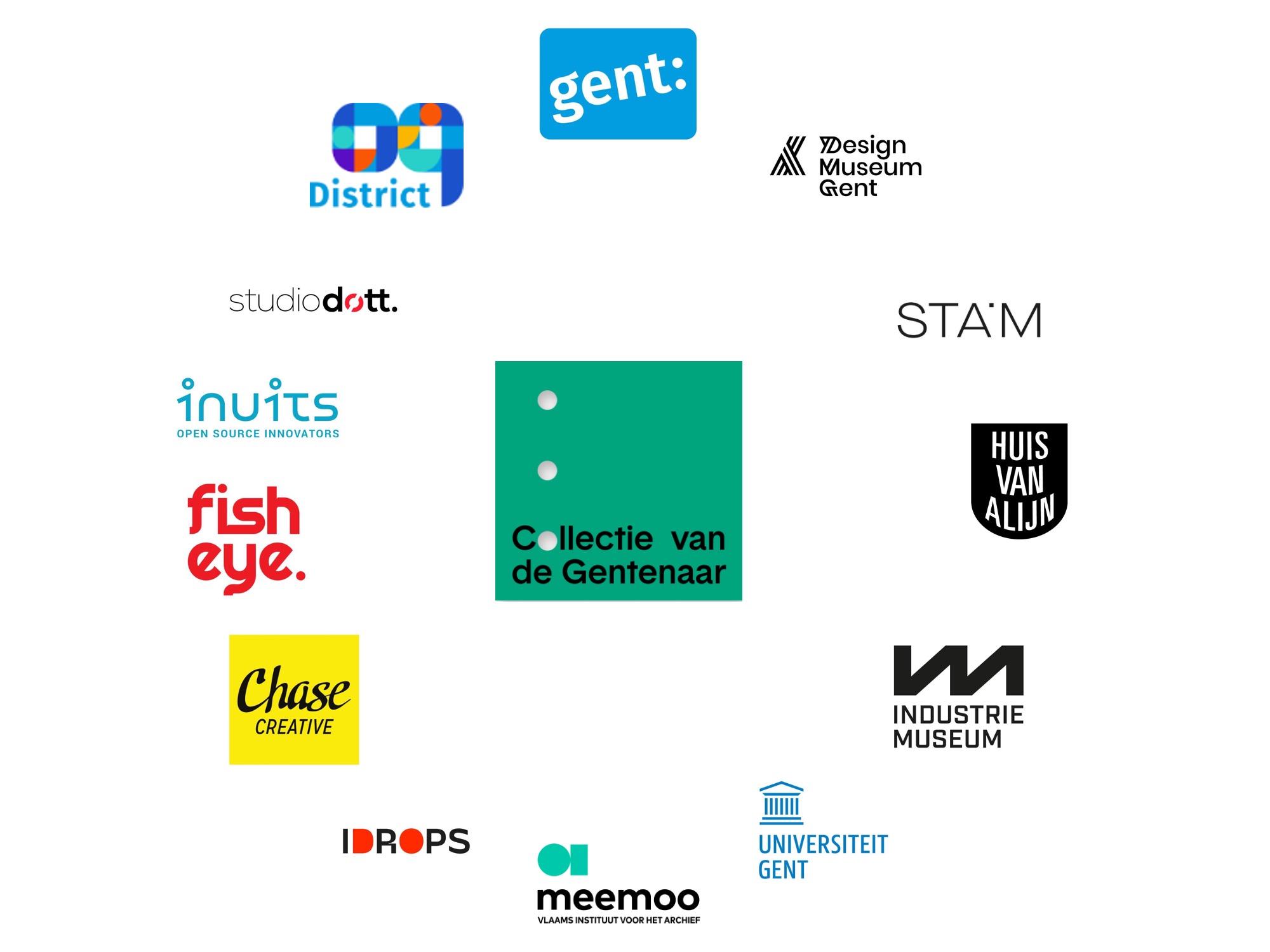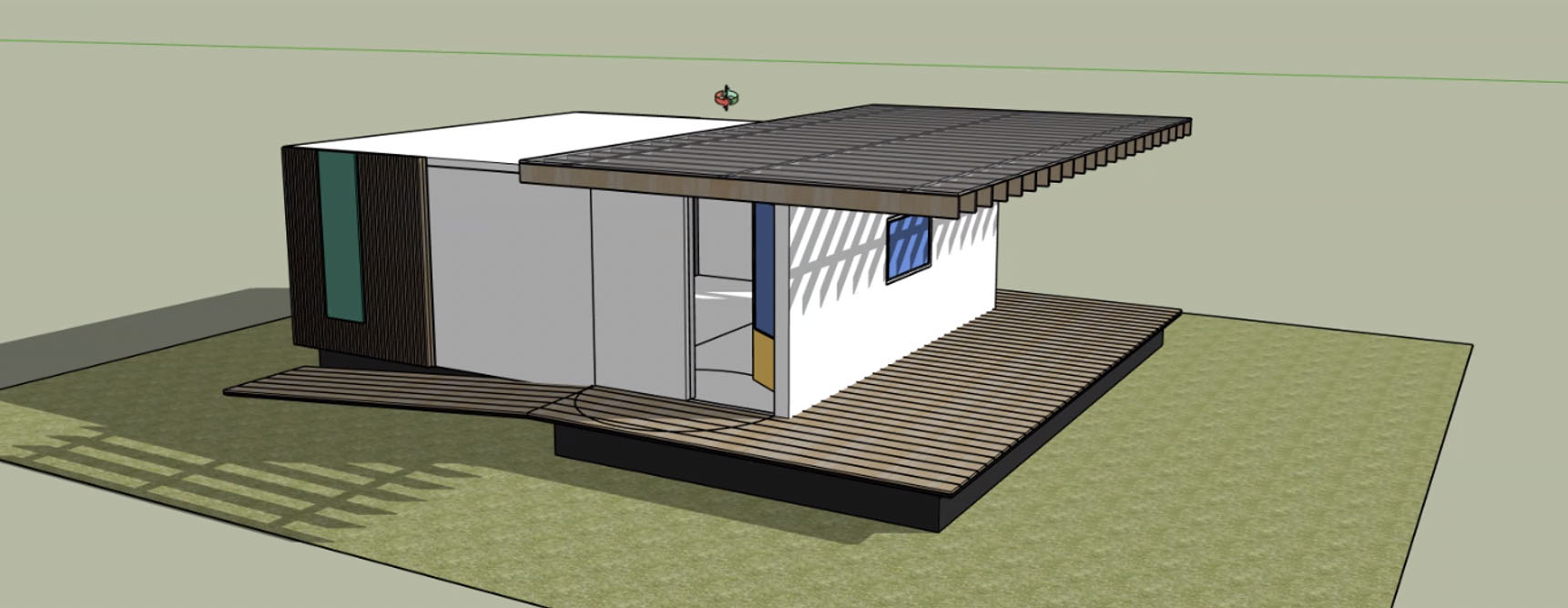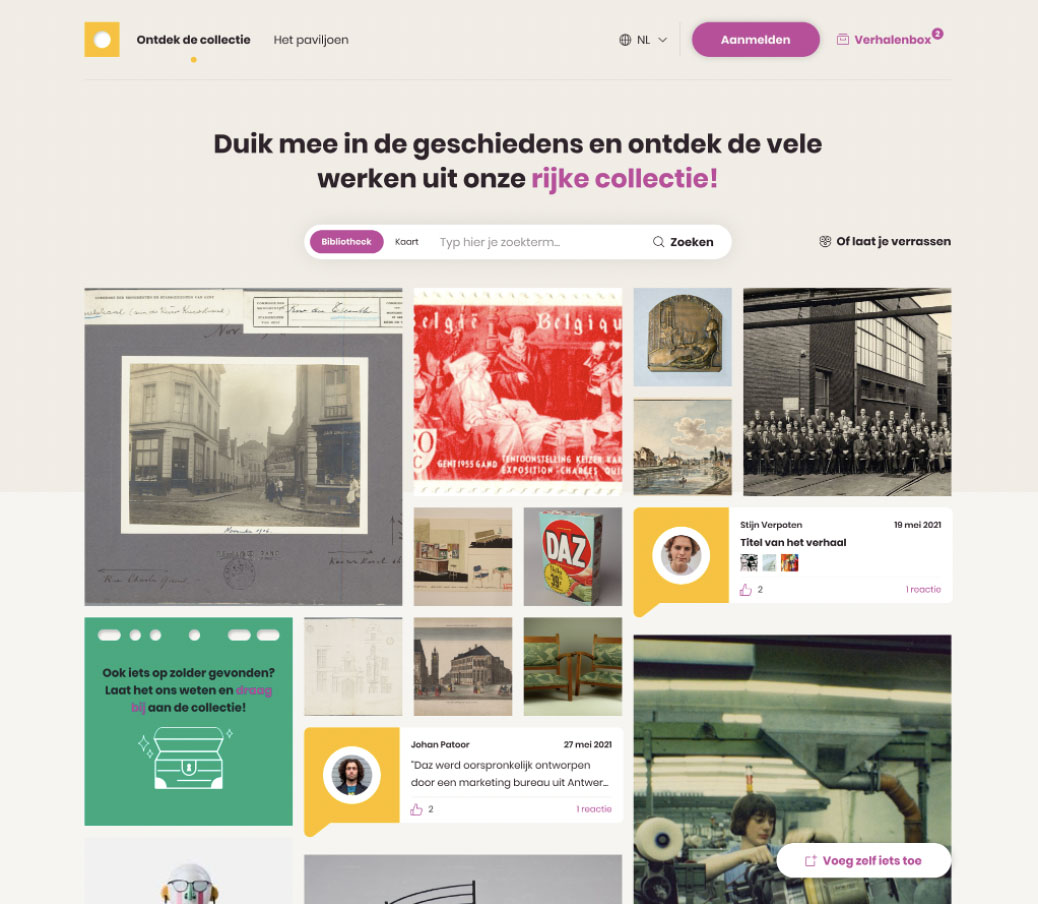
“What are your CoGhent’s nightmares?” This is the question asked to CoGhent’s core coordinating team. “That the project remains a project” answered right away Pieter Jan Pauwels, from District09 one of the two ideators of CoGhent with Olivier Van D’huynslager from AGB Art and Design who adds “that the project remains a starting point and a landing point”. They both fear to get trapped into the very framework proposed by EU funded projects. In other words, the counter part of the great opportunity to experiment at full scale an innovation project in the city is the heavy challenge that these 3 years of boost don’t remains a parenthesis. Line Ostyn, CoGhent coordinator, confirmed the risk of “projectification”, a bias Ulrike Felt[1] observed in EU funded projects and beyond, as a side effect of the diffusion of the culture of working by projects: both public and private structures are more and more financed through projects and therefore tends to jump from one project to another instead of developing and implementing them. “We are not afraid to fail, concludes Pieter Jan, but to just do enough and fade away afterwards”.
“Projectification” may be one of the challenges to face for CoGhent, at least this is one of the possible issues of the project that the core team is trying to avoid. We asked the same question to a range of representative CoGhent’s stakeholders interviewed in spring-summer 2021. This is part of what we call the « evil creativity » approach[2]: imagining and sharing all possible project pitfalls to focus them and better avoid them. Asking stakeholders “what are their project’s nightmares?” or “why they think the project they are working on is likely to fail?” and dedicating an entire article to it seems to be rather pessimistic. On the contrary, Evil Creativity is a constructive process of the project. It allows the expression of what is not desirable (fears, anxieties, etc.), what is not politically acceptable (risks, failures, etc.). It is also an exercise in imagination, inventing possible pitfalls and failures. While it is obvious that any project team will try to avoid the ruts it has spotted, to make up for the usual shortcomings, it will find it more difficult to avoid the pitfalls that it does not fear. The Evil creativity approach help to explore the mistakes CoGhent might make, to inventory the biases that lie in wait for it, to imagine the Wild Cards or discontinuities that might suddenly appear in the future. The outcome of Evil's Creativity exercise should be widely communicated or at least made accessible both to defuse the stress of the project team and to make all stakeholders aware of the issues and risks involved in the project.
And this is the purpose of this article! A rich and articulated project as CoGhent can encounter multiple pitfalls. We have selected those that appeared to be most recurrent in the discourse of the stakeholders interviewed.
MAKING TOO MANY CAKES?
The first web article[3] presenting various CoGhent stakeholders’ visions for the project was acknowledging a widely open posture based on multiples and rich ingredients and the possibility to generate many outputs or so-called “cakes”. One of the challenges with so many stakeholders is to ensure to bring them together and to make them collaborate.

Main partners involved in the CoGhent project (photo credit: City of Ghent)
A first possible main gap is seen by CoGhent’s partners between the “tech-people” busy with data: opening cultural data, developing the proper tech infrastructure, ensuring data management, etc. on the one hand, and on the other hand the social goals of the project focusing cultural justice and social inclusion by culture of the weaker part of the population[4]. “The sanitary crisis has shown that there is still a huge digital gap, claims Neslihan Dogan, one of the so-called “district scout” in charge of collecting neighbourhood stories and bridging with city museums, the project is very focused on digital access, fluid surfing and tends to forget about this strong tech divide”. CoGhent is betting a lot on the digital. The Covid crisis in a way, is putting forward digital interaction, mainstreaming social connectiveness, remote collaboration, distant education, etc. It will serve the CoGhent project for both streams of making museums contents digitally available to large public and collecting digitally new grassroots inputs. At the same time, it reveals the limits of the digital divide represents for CoGhent project.
CoGhent is “a highly multifaceted project” for Bastiaan Baccarne, research group for Media, Innovation and Communication Technologies at Ghent University. In such a large and open project, each stakeholder is likely to follow its own understanding of the project and develop its own goals independently from each other. As Christine De Werd, Director of STAM[5] city museum remarks: “We got money from EU to build a good database for our museum, but this is not enough for CoGhent”. The challenge is to raise partners’ interest in boosting their own goals combining them with the goals of other partners. Pieter-Jan and Olivier aim at reaching out even beyond project’s local stakeholders toward a vision of CoGhent as a systemic innovation: “How can we embed the results everywhere in the city? How is it connected to other projects and other sectors to secure that the project expands beyond what it is?”
KEEPING THE MOMENTUM?
During the 3 years of the project development period, CoGhent’s high tech mobile experience room will travel across city neighbourhoods to both engage the population of the city at large and to develop the story-collection process. At the end of this project period, it will be “integrated permanently in the future wing of the Design Museum Gent as part of their renewed role as a third place”. Another challenge is then to organise a powerful enough project journey to bridge between museums infrastructures and the city neighbourhoods. The vibrant travelling experiment of CoGhent project phase should stay attractive for the population after it will land as permanent indoor installation in a museum.

First sketch showing the possible aspect of the CoGhent mobile installation to be installed in 3 neighbourhoods of the city (photo credit: City of Ghent)
This challenge is tow-folds. First beyond the opening of cultural data, CoGhent ambition is to open museums themselves. “To escape the museum wall and depot of cultural heritage in order to interact in new ways with the population” claims Bastiaan Baccarne. Museums as well as libraries tends to adopt a posture of conservation of their collections, preservation of artworks, classification of books, etc. that tends to take precedence over their dissemination and mainstreaming roles. Kari Lämsä[6] the Director of the central library of Helsinki explains how difficult it has been for him to support the library staff to “acknowledge that the books and media and the central library itself was the property of the citizens and not the library staff property”. Christine De Werd recalls that “museums are not working only for people now but also for the future generation to secure enough stock of cultural material that is likely to disappear and that will be requested in future researches, exhibitions, books, etc.” This tension between the management of a fully complete, perfectly organised, well maintained and long-lasting collection against letting go, opening up, increasing the quantity and above all the diversity of users is at the core of CoGhent’s goals and challenges.
The second fold of this CoGhent’s challenge is to ensure that the efforts made during the project timespan to open cultural data and museum institutions managing them will last and further develop after the project finishes. “A large part of the CoGhent’s budget is for citizens’ involvement: onsite participation managers, installation of the projects in neighbourhoods, etc.” observed An Huybechts, Head of Strategic Funding at City Manager’s Office who support Ghent’s UIA application. The very setting of the project development based on a mobile installation settling successively in Wondelgem, Sluizeken-Tolhuis-Ham and Watersportbaan-Ekkergem, 3 different neighbourhoods of the city is emblematic of the idea of cultural institution getting out of their walls. “It’s just a project of 3 years, recalls Neslihan Dogan, after that, all the process will go back in the box in the museum, and we will be gone from the neighbourhood”. “Museums need to secure fund and tends to be afraid of change.” One of Olivier’s project nightmares is that “after the 3 neighbourhoods, the Design Museum take it back” without enough transformation in both the culture of the museums and practices of the population so that the later massively enter the walls of the former
TOP-DOWN EDITORIALIZATION?
The success of opening public data depends very much on the effective reuse of it. Making data available, in easy and accessible formats is a necessary precondition but not a guaranty that someone will be interested in it, recompose them creatively and generate new and successful application. That’s probably even more true for cultural data that may lose some of their initial appeal passing through the filter of a digitalization process: material presence of cultural heritage, physical size of pieces in the collections, colour shade of original objects and images, etc. The challenge for the CoGhent project is to ensure rich, creative, variated reuse of open cultural data whether if they are coming from museum collections or from grassroots storytelling harvesting.

First presentation of the platform showing the digitalized cultural data (photo credit: City of Ghent)
Here again the challenge is two-folds first with the issue to raise interest on the cultural digital data. As any open data initiatives relay on different forms of hackathons and design jams to engage all kind of creative freaks to co-create innovative applications, CoGhent project is organizing a CoGhent Service Jam. “It will not be a service jam pur sang so we renamed it the Co-creation Fund Brainstorm, but it will basically have the same principles, explains Pieter Jan. It will start with a network event scheduled in October so that potential submitters can meet the partners in the project, but also potentially other organisations that are willing to submit a project. It is an intro to the brainstorm itself where projects can crystalize but also converge maybe in bigger proposals with similar projects joining forces”. CoGhent’s Service Jam should make the proof of concept of the project.
The second fold of this challenge is that the reuse and recombination of cultural data matches the inclusion through culture’s goal of CoGhent. “It’s always the history of the powerful that is kept in museums and brought forward in exhibitions, claims Christine De Werd, it always difficult to find material on the weaker”. CoGhent partners claims to pay more attention to the richness of communities, to daily artefacts, laymen conversations, neighbourhood stories, etc. The ambivalence of this grassroots heritage is that its abundance is also a weakness: there is a treasure in every tiny bits of people’s life but someone should work on them: for instance recombine people’s stories, transform them, densify content, etc. in order to get the essence of it. When asked about this editorialization process, CoGhent’s stakeholders tends to point cultural creatives. “We have theatres directors that are always looking for people stories” confirms Marieke Vangheluwe in charge of Heritage project coordination at STAM city museum. This top-down editorialization process of people stories is not so different from current cultural creative approaches: novelists, theatres writers, film makers, etc. capture inspiration from the ground and generate art pieces without, for most of them, caring for the feedback process. The challenge is there capture social knowledge from underprivileged or marginalized people overlooked in museum making sure that this weaker part of the city population will remain associated either engaging in a form of bottom-up co-creation of final art works. “The project needs to open-up a dialogue with theatres, schools and museums outside the traditional curating space so that they can reinvent themselves” concluded Bastiaan Baccarne.
ALL GHENT’S CITIZENS
Enough with Evil Creativity? This risks anticipation method is not a pessimist attitude to the project. On the contrary, as presented in the introduction of this article, its aim is to share fears and defuse anxieties among stakeholders at large to be in the best mood and capacity to avoid pitfalls. We conclude therefore aligning with the optimism on this great CoGhent project of Sami Souguir, Deputy Mayor for Culture, Urban Development and Spatial Planning in Ghent: "The fact that there are so many different partners who are starting to move is already an achievement. If all Ghent citizens can identify with it, it would be perfect!”
[1] Ulrike Felt, Professor of Science and Technology Studies, Dean of the Faculty of Social Sciences, University of Vienna, final conference of the RRI Tools H2020 project, Opening lecture: “Challenging responsibility: How to make RRI work in a sustainable manner”, 21-22 November 2016
[2] Jégou, F., Gouache, C., 2018. Phasing-in, Amorçage d’un processus d’innovation publique, Strategic Design Scenarios Edition, Bruxelles, 2018 http://www.shop.strategicdesignscenarios.net/?product=phasing-in-amorcage-dun- processus-dinnovation-publique-fr, p 81
[3] See UIA Web Article: “COGHENT: MANY INGREDIENTS AND CAKES?” https://www.uia-initiative.eu/fr/news/coghent-many-ingredients-and-cakes
[4] See “INCLUSION THROUGH CULTURE?” in UIA Web Article: “COGHENT: MANY INGREDIENTS AND CAKES?”https://www.uia-initiative.eu/fr/news/coghent-many-ingredients-and-cakes
[5] Stads Museum Gent, https://stamgent.be/en
[6] Kari Lämsä, Director of the Central Library of Helsinki, interviewed in the framework of the REFILL The City URBACT network, 9th of February 2016.
About this resource
The Urban Innovative Actions (UIA) is a European Union initiative that provided funding to urban areas across Europe to test new and unproven solutions to urban challenges. The initiative had a total ERDF budget of €372 million for 2014-2020.
Similar content




